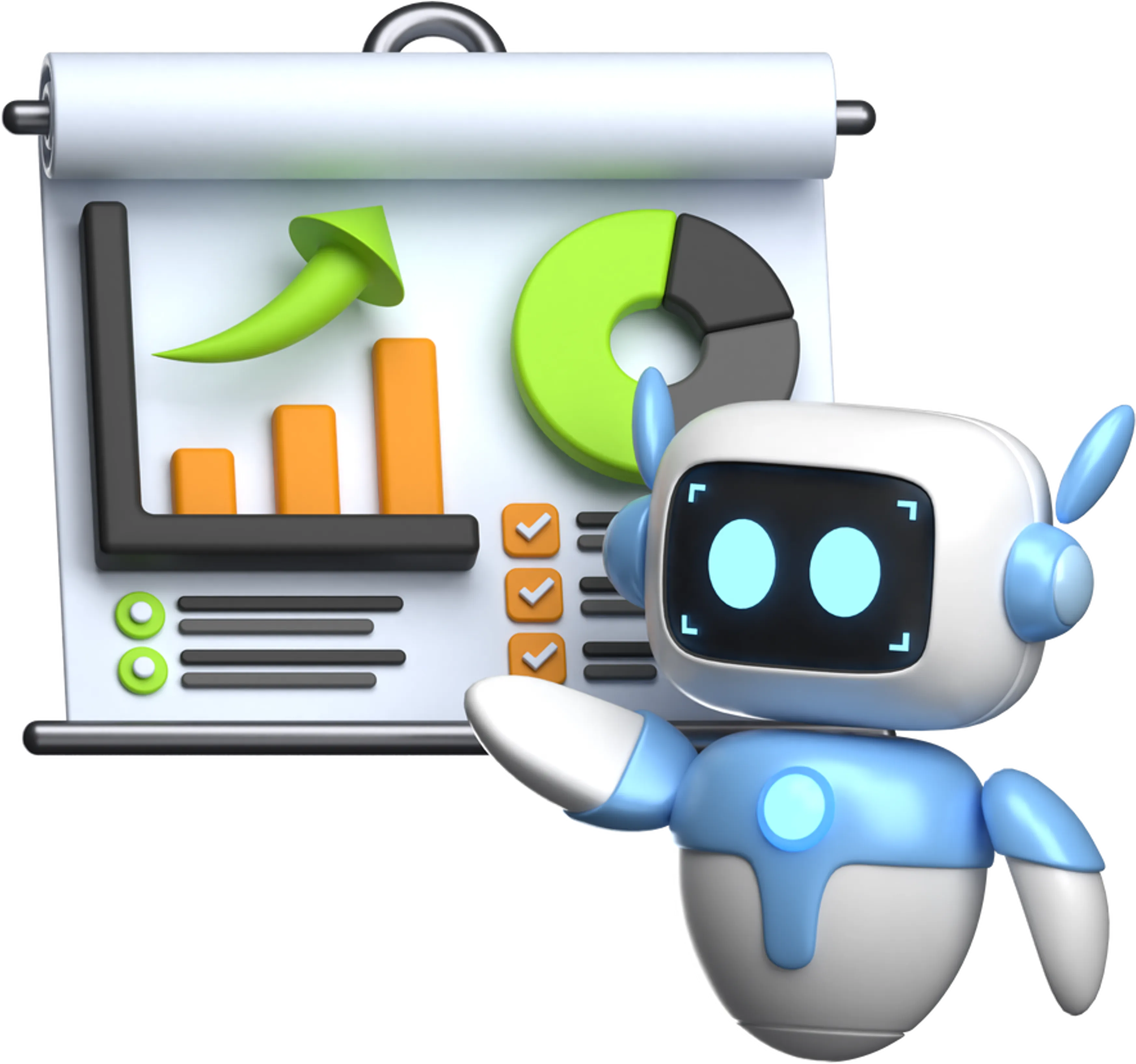Welcome to the value case menu. Click below to explore each value case.

1. Transformation Benefits

2. Implementation Effort

| Category | 5-year Cumulative |
|---|---|
| Finance Savings | $0M |
| Supply Chain & Logistics Savings | $0M |
| Operations Savings | $0M |
| Customer Order Management Savings | $0M |
| Total Savings | $0M |
| Systems Integrator Cost | $0M |
| Licensing & Infrastructure Cost | $0M |
| IT Maintenance | $0M |
| Exit Costs (Decommissioning Cost) | $0M |
| Pre-launch Activities Cost | $0M |
| Total Costs | $0M |
| Transformation Profit/Loss | $0M |


People
Intuitive interfaces and role-based analytics enable finance teams to close books faster with fewer errors.
Process
Real-time journal entries and automated reconciliations shorten the financial close cycle.
Technology/Data
The Universal Journal provides a single source of financial truth with real-time visibility across dimensions.
People
Embedded planning apps empower business users to build & adjust plans without IT dependency.
Process
Integration of actuals with plans enables rolling forecasts and faster variance analysis.
Technology/Data
In-memory processing and predictive tools enhance modelling, scenario planning, and decision-making.
People
Guided buying and supplier collaboration tools improve user adoption and increase procurement compliance.
Process
Automated invoice matching and approval workflows reduce manual effort and speed up payments.
Technology/Data
Centralised supplier data and analytics improve sourcing decisions and reduce procurement risk.
People
Real-time dashboards and cash-flow forecasts help treasury staff make timely investment and funding decisions.
Process
Centralised bank communication and automated cash pooling improve liquidity management.
Technology/Data
Real-time cash positions, exposures, and hedging insights enhance risk management and compliance.
People
Improved user experience with Fiori apps simplifies master-data maintenance tasks.
Process
Centralised governance enhances data consistency across legal entities and functions.
Technology/Data
Real-time validation and synchronisation reduce data redundancy and errors.

People
Collaborative planning tools support cross-functional alignment between sales, operations, and supply-chain teams.
Process
Real-time demand sensing and alerts help proactively adjust plans based on market shifts.
Technology/Data
Predictive algorithms and live-data integration increase forecast accuracy and reduce planning bias.
People
Mobile inventory apps improve productivity and accuracy for warehouse and shop-floor users.
Process
Real-time inventory visibility and replenishment automation minimise stock-outs and carrying costs.
Technology/Data
Live material ledger and analytics enable valuation accuracy and better inventory-performance tracking.
People
Intuitive mobile UIs and task prioritisation improve worker efficiency in picking, packing, and shipping.
Process
Embedded warehouse automation and wave management improve throughput and reduce fulfilment time.
Technology/Data
Real-time integration with inventory and transportation systems enhances end-to-end visibility.
People
Transportation planners gain real-time visibility into shipments, improving responsiveness to exceptions.
Process
Optimised route planning and load consolidation reduce logistics costs and improve service levels.
Technology/Data
Integration of tracking data with logistics execution enables predictive ETAs and proactive issue resolution.

People
Role-based Fiori apps allow planners to manage production schedules and material requirements with intuitive interfaces.
Process
Integrated demand and supply planning reduces stock-outs and over-production.
Technology/Data
Real-time analytics and advanced forecasting tools enhance production scheduling and resource optimisation.
People
Workers benefit from mobile-enabled work orders and instructions, improving task efficiency.
Process
Seamless integration between production lines and inventory ensures on-time delivery and minimal downtime.
Technology/Data
Real-time monitoring and machine connectivity enable predictive maintenance and process optimisation.
People
Real-time dashboards help quality managers monitor product quality and compliance.
Process
Automated QC workflows and defect tracking improve product consistency and reduce re-work costs.
Technology/Data
In-memory analytics support rapid identification of quality issues and root-cause analysis.
People
Mobile access to maintenance schedules and real-time condition monitoring improves technician efficiency and safety.
Process
Predictive maintenance and automated work-order creation reduce unplanned downtime.
Technology/Data
IoT integration and advanced analytics enable early fault detection and extended asset lifecycles.

People
Sales and customer-service teams can make faster, more accurate commitments to customers.
Process
Advanced ATP enables rule-based product substitution and delivery prioritisation.
Technology/Data
In-memory computing delivers instant visibility into stock and production capacity.
People
Role-based access and guided workflows improve productivity and reduce training effort.
Process
End-to-end order tracking and exception handling streamline fulfilment operations.
Technology/Data
Real-time integration with logistics, warehouse, and finance systems ensures seamless execution.
People
Automated matching and approvals reduce manual effort and invoice-processing time.
Process
Workflow-driven invoice handling minimises delays and exceptions.
Technology/Data
Embedded analytics flag anomalies and optimise cash-flow through dynamic discounting.
People
Finance teams gain confidence with automated compliance to IFRS/ASC 606 standards.
Process
Integrated revenue recognition reduces manual adjustments and audit risk.
Technology/Data
Unified ledger and real-time reporting enable faster, more accurate financial close.

Fees for external partners managing implementation, configuration, testing and change enablement.
Cost Assumption
Estimated based on our implementation experience and scaled to your organization’s size, complexity, and transformation scope.
Costs for S/4HANA licenses and required IT infrastructure setup.
Cost Assumption
Assumed in line with SAP’s standard pricing and infrastructure needs, adjusted for Cloud deployment model and your transformation scope.
Ongoing expenses for system support, upgrades, and administration.
Cost Assumption
Projected from our industry experience reflecting ongoing support, upgrades, and system administration post go-live.
One-time costs for retiring legacy systems and terminating existing contracts.
Cost Assumption
Estimated as one-time costs projected as a percentage of SI cost for the number and complexity of legacy systems to be decommissioned.
Spend on data preparation, Chart of Accounts rationalization, and process readiness before go-live.
Cost Assumption
Derived from typical pre-go-live activities including data readiness, Chart of Accounts rationalization, and is benchmarked from our industry experience.
| Category | FY2025 | FY2026 | FY2027 | FY2028 | FY2029 | FY2030 |
|---|---|---|---|---|---|---|
| Systems Integrator Cost | $0 | $0 | $0 | $0 | $0 | $0 |
| Licensing & Infrastructure Cost | $0 | $0 | $0 | $0 | $0 | $0 |
| IT Maintenance | $0 | $0 | $0 | $0 | $0 | $0 |
| Exit Cost (Decommissioning Cost) | $0 | $0 | $0 | $0 | $0 | $0 |
| Optional Pre-Launch Activities | $0 | $0 | $0 | $0 | $0 | $0 |
| Total Cost | $0 | $0 | $0 | $0 | $0 | $0 |

Sitting on legacy systems may seem cost-effective now, but technical debt can climb by 8% annually, pushing technology costs from $0 to $0 by 2031 — outstripping a modest 0.5% revenue growth.
Ultimately, ‘doing nothing’ is unsustainable and more expensive than acting now.